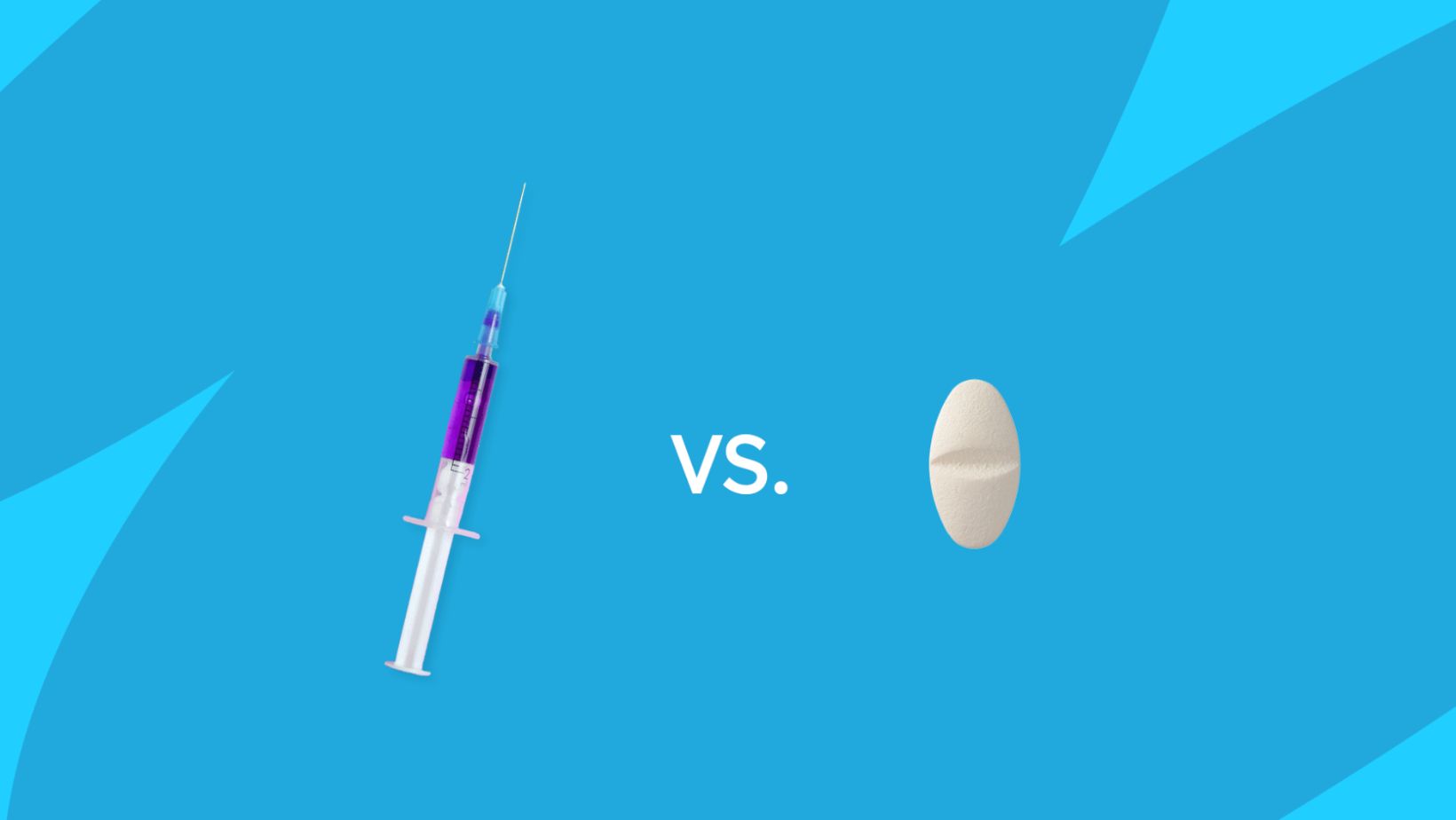
With the rise of medications like Ozempic, Wegovy, and others using semaglutide, it’s no surprise there’s confusion about what these terms actually mean. Are they interchangeable? Is Ozempic just a brand name for semaglutide, or is there more to the story? This article dives into the scientific facts to clarify the relationship between semaglutide and its branded formulations, offering a clear understanding for those exploring these treatments.
What Is Semaglutide?
Semaglutide is a glucagon-like peptide-1 (GLP-1) receptor agonist—a class of drugs originally developed to treat Type 2 diabetes. It mimics the natural GLP-1 hormone, which plays a role in regulating blood sugar levels, slowing digestion, and promoting satiety (the feeling of fullness).
Semaglutide is the active ingredient in several branded medications, each tailored for specific purposes:
- Ozempic: Approved for managing Type 2 diabetes.
- Wegovy: Specifically approved for weight management in individuals with obesity or those who are overweight with weight-related health conditions.
- Rybelsus: An oral version of semaglutide used for diabetes management.
Semaglutide vs. Ozempic: Are They the Same?
In short: Yes and no. Semaglutide is the active drug in Ozempic, but the name “Ozempic” refers to the specific formulation and dosage designed for diabetes management. Here’s how they differ:
- Ozempic is a branded injectable version of semaglutide, typically prescribed at doses of 0.25 mg to 1 mg per week to lower blood sugar levels in individuals with Type 2 diabetes.
- Wegovy, although also based on semaglutide, is formulated at higher doses (up to 2.4 mg weekly) specifically for weight loss.
Both Ozempic and Wegovy work in similar ways, but their dosages and FDA-approved uses differ. This distinction matters because using Ozempic off-label for weight loss may not produce the same outcomes as Wegovy, and insurance may not cover such use.
The Science Behind Semaglutide and Its Effects
Semaglutide’s mechanism of action makes it effective for both diabetes management and weight loss:
- Blood Sugar Regulation:
- Semaglutide stimulates insulin secretion while reducing the release of glucagon (a hormone that raises blood sugar levels). This combination helps maintain stable glucose levels, especially after meals.
- Appetite Suppression and Weight Loss:
- By acting on areas of the brain responsible for appetite control, semaglutide promotes a feeling of fullness, which leads to reduced caloric intake.
A clinical study published in The New England Journal of Medicine (2021) showed that participants using semaglutide for weight loss experienced an average reduction of 15% of their body weight over 68 weeks.
Why the Confusion Between Semaglutide and Ozempic?
The confusion often arises because:
- Brand Names vs. Active Ingredient: Many patients are introduced to Ozempic as a treatment without realizing that semaglutide is the active ingredient.
- Off-Label Use: Some healthcare providers prescribe Ozempic for weight loss when Wegovy is unavailable, further blurring the lines between the two.
Dr. Tassini, a board-certified physician at Skin Works Medical Spa with expertise in metabolic health, notes: “It’s important for patients to understand the nuances between semaglutide-based medications. While they share the same active ingredient, the formulations and purposes vary, and so does their safety profile.”
Key Differences Between Semaglutide Brands
Here’s a side-by-side comparison of popular semaglutide-based medications:
| Medication | FDA-Approved Use | Typical Dose | Delivery Method |
| Ozempic | Type 2 Diabetes | 0.25–1 mg per week | Injection |
| Wegovy | Weight Management | 0.25–2.4 mg per week | Injection |
| Rybelsus | Type 2 Diabetes | 3–14 mg per day | Oral Tablet |
The primary difference lies in the dose and indication for use. Wegovy’s higher dose is specifically tailored to maximize weight loss, whereas Ozempic’s lower doses are optimized for blood sugar control.
Semaglutide and Weight Loss
Both Ozempic and Wegovy use semaglutide’s appetite-suppressing properties to promote weight loss, but clinical trials indicate that Wegovy’s higher dose leads to significantly greater weight loss results.
For example, in a study comparing Wegovy and Ozempic, participants using Wegovy lost an average of 12% more body weight than those using the lower-dose Ozempic.
It’s worth noting that semaglutide weight loss occurs gradually, with significant changes often taking 3-6 months to become evident. Lifestyle modifications, such as a balanced diet and regular exercise, enhance the effectiveness of the medication.
Final Thoughts: Understanding Your Options
While semaglutide is the unifying active ingredient in Ozempic, Wegovy, and Rybelsus, these medications serve different purposes. Consulting a healthcare provider is essential to determine the right option based on individual needs—whether for diabetes management, weight loss, or both.
As Dr. Tassini emphasizes, “Patients often focus on the name brand, but understanding the science and how each formulation is designed to work ensures better outcomes.”
By exploring the distinctions between semaglutide-based medications, patients can make informed decisions and maximize the benefits of this groundbreaking treatment.
References
- Wilding JPH, Batterham RL, Calanna S, et al. “Once-Weekly Semaglutide in Adults with Overweight or Obesity.” New England Journal of Medicine. 2021;384:989-1002.
- Davies MJ, Bergenstal R, Bode B, et al. “Efficacy of Semaglutide in Diabetes Management.” The Lancet Diabetes & Endocrinology. 2020;8(12):969-981.
- American Academy of Diabetes. “Ozempic vs Wegovy: What Patients Should Know.” 2023.
- Rubino DM, Greenway FL, Khalid U, et al. “Effects of Semaglutide for Weight Loss in Clinical Trials.” The Lancet. 2021;397:2155-2166.














